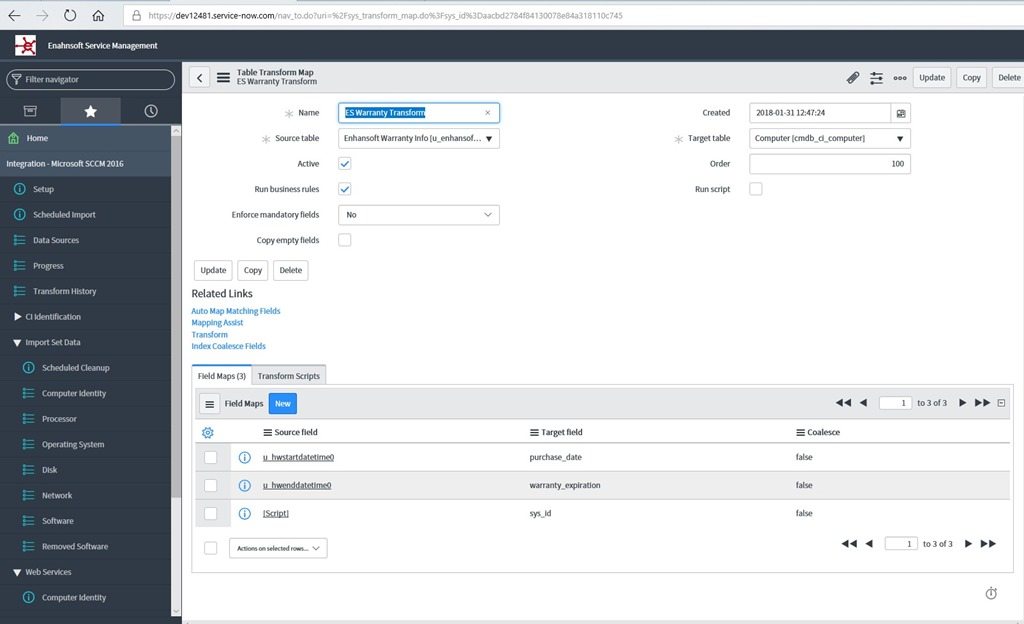
Multicast deployments save network bandwidth by sending data to multiple clients at the same time, rather than sending a copy of the data to each client over a separate connection. Clients of Configuration Manager can start the operating system installation from Software Center. You can deploy an operating system and make it available in the Software Center. The operating system image and a Windows PE boot image are sent to a distribution point that is configured to accept PXE boot requests in this method of deployment. PXE-initiated deployments: PXE-initiated deployments allow client computers to request a network deployment. This is true for both unmanaged and Configuration Manager-managed computers. SCCM includes tools for creating operating system images, which can then be used in OS deployment via bootable media or PXE boot. These requests can be approved or denied by administrative users.Įxplore Curriculum Operating system deployment: The Application Catalog is a self-service website where users can request permission to install software. This feature can assist you in ensuring that the most critical software is always available on each device that a specific user accesses.Īpplication deployments can be sent to users, devices, groups of users, or groups of devices.ĭownloading and installing Windows software explicitly from the self-service Application Catalog website. You no longer need to remember the name of a user's device because you can now deploy software to both the user and the device. They are:Ĭonfiguration Manager applications support user-centric management, allowing you to associate specific users with specific devices. SCCM also provides simple tools for protecting the organization's data in apps that users access.įor the administrators following benefits of application management can be enjoyed.

Get ahead in your career by learning SCCM through hkrtrainings Microsoft SCCM online course Features of SCCM: The key features of the SCCM are:Īpplications in SCCM are intended to provide a set of tools and resources to help Configuration Managers create, manage, deploy, and monitor applications for various devices managed in the enterprise. Who Uses SCCM?Īdministrators mainly use the System Center Configuration Manager(SCCM) for the endpoint protection and patch management.


SCCM enables user productivity by providing employees with access to the application areas that they need to keep focused while also providing administrators with the techniques they really have to safeguard business data. SCCM's vibrant and unique abilities can be modified at the organizational level, which can then be used to build the enterprise-level site structure. Microsoft's System Center Configuration Manager (SCCM) is a flexible and effective software management module that enables organizations to control numerous Windows-based computer systems in an existing environment.


 0 kommentar(er)
0 kommentar(er)
